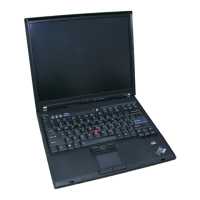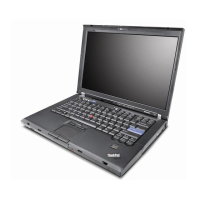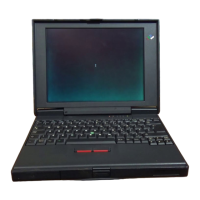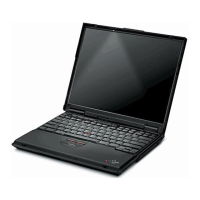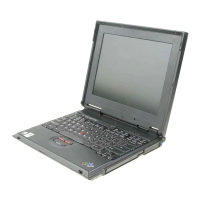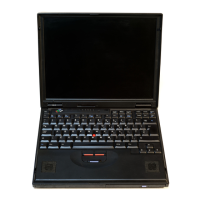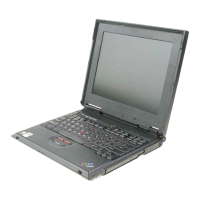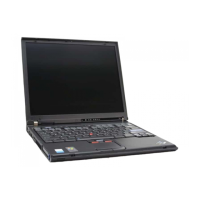(
(
(
(
(
-.
Saving the Manually Entered Diagnostic Program: The
diagnostic program may
be
saved on a tape cartridge
that can be reserved
for
this purpose. Do not store the
program on the diagnostic tape
or
in a used file. Insert
a
scratch tape cartridge with a file marked
for
at least 1 K
bytes.
To store locations 3F70 through 3FFF, perform the
following steps:
1.
Load
DCP1
diagnostic mode.
2.
Enter: C
3.
Hold down the CMD key and press 9.
4. Enter: 3F70
3FFF
0001
OO4B
0000
5. Press the
EXECUTE
key.
This program will write the data stored from 3F70
through
3FFF
into file 0001
of
the tape cartridge. A
different file may
be
used but the 0001 must be
changed
to
a different file number and entered in
hexadecimal
to
identify the different file.
Loading the Forms Emitter Test Program from Tape:
Perform the following steps
to
load the test program
from the tape cartridge:
1.
Load
DCP1
diagnostic mode.
2.
3.
4.
5.
6.
7.
Enter: C
Hold down the CMD key and press 8 on the
numeric key pad.
Enter: 3F70 0001 0000
Press the
EXECUTE
key. (The program will
be
loaded form file 0001
[hex]
of
the tape cartridge.)
Enter:
BR
3F70
Press the
EXECUTE
key. (The program
will
begin
to
execute.)
Note: The file number must
be
in hex.
If
a file other than file 1 was specified when the
program was stored on the tape cartridge, then you
must specify that file by using a hex number during the
(
~"
..
entry
of
the commands given above. Step 4 specifies
file 1
with
the hex byte 0001. This should be changed
--/
to
properly identify the file used on the tape cartridge.
, GENERAL PROBLEM SOLVING
General Procedures
General procedures
to
resolve intermittent and
miscellaneous problems follow:
• Whenever possible, identify the problem area (such
as
forms feed, print head, ribbon feed). The
customer-reported symptom may be used
to
do this,
especially
if
the diagnostics run
without
error.
If
a
problem area can be identified, refer
to
the Diagnostic
Aids
section
of
this manual and select
an
MDI
pertaining
to
the
area
or problem.
• Check the mechanical parts
for
loose screws, broken
springs, loose parts, binds, interference, or other
visual problems. When possible, operate the
mechanical parts manually
to
find clues
to
the
problem.
• Ensure that all connectors, cards, wires, and jumpers
are securely plugged.
• Check all connectors, taper pins, and other terminals
for
poor crimps, defective parts, excessively loose
contacts, or other noticeable problems.
• Check
for
wires
or
cables that might be pinched or
are intermittently shorting.
• Check
for
broken wires that might break contact
intermittently.
• Check
for
discoloring
of
the circuit cards
that
might
indicate overheating
of
a component.
After
any repairs or corrections, run the diagnostics
to
verify proper operation.
Intermittent
Failures Troubleshooting
Guide
3-111
